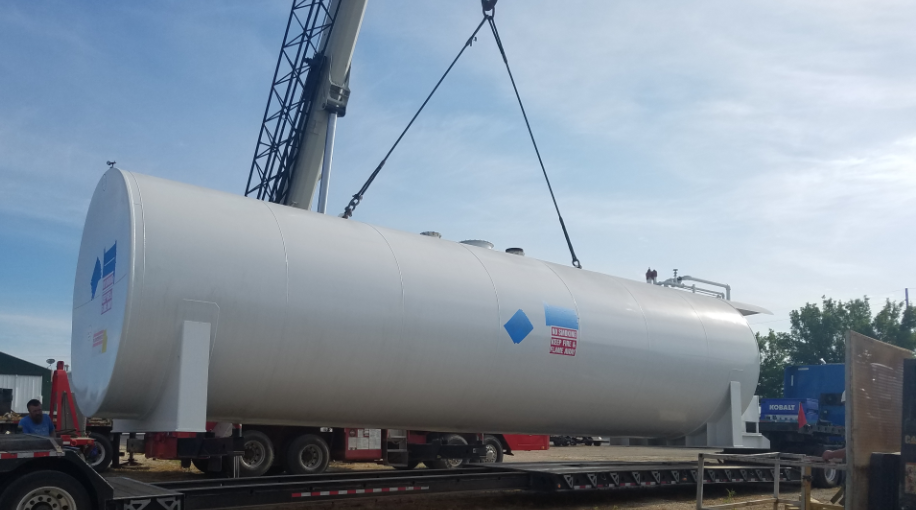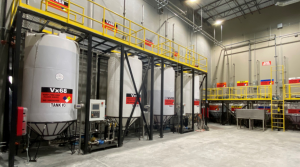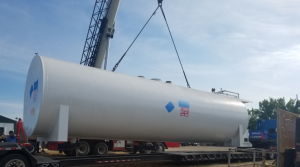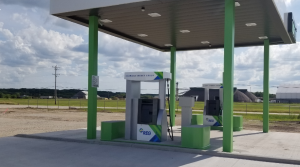THE CLIENT
Straddled in between Iowa and Illinois on a 943-acre island off the Mississippi River, you’ll find the impressive Rock Island Arsenal—the largest government-owned and operated weapons manufacturing arsenal in the country.
An active US Army facility, the Rock Island Arsenal is also home to the First Army headquarters as well as the US Army Corps of Engineers. This important multipurpose site—in continuous use since 1862—is listed on the National Register of Historic Places and includes several original buildings now designated as National Historic Landmarks.
THE CHALLENGE
The Rock Island Arsenal uses underground storage tanks to power its vehicle fleet and protect the island’s environment from fuel contamination. Six years ago, a tank nearing the end of its life cycle began taking on water. After several attempts were made to repair the leak, the tank was taken out of service until a better solution could be found.
TetraTek, an engineering firm contracted by the Rock Island Arsenal, called on Acterra for help building and installing a temporary backup tank to ensure the arsenal’s fleet could continue refueling on-site until a permanent solution could be implemented.
Because the military operates on an extremely high set of standards (both OSHA- and EM385-compliant), they maintain stringent requirements for contractors and subcontractors. Not every company is suited to tackle the extra work this entails, but thanks to Acterra’s extensive experience as a government contractor—we were ready for the challenge!
THE SOLUTION
Acterra built an aboveground Fireguard tank system with a 10,000-gallon capacity, produced at our shop in Marion, Iowa. The system includes a spill box, a clock gage with alarm from Morrison Brothers, and a fuel dispenser, emergency vents and gauges from Wayne Fueling Systems.
The tank has been running successfully for more than a year. Because there is virtually no difference in performance between our temporary and permanent tank systems, it will continue to function just like a normal fueling system until the underground tank is replaced—even if that’s not until years down the line.





